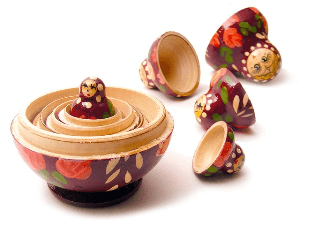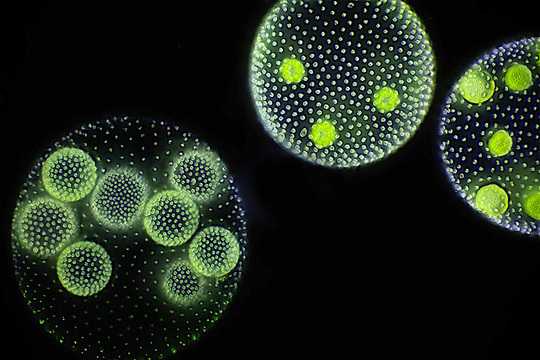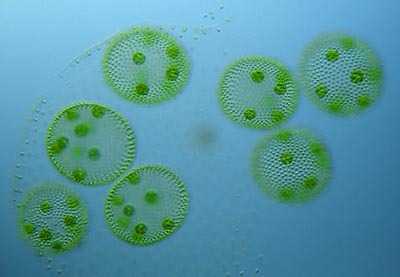173
33
Warning picture showing dissected Russian Doll
My theory
I believe that Russian Dolls reproduce asexually. They are born pregnant. At the time of birth, the outer doll dies. What is now the outer doll grows until it reaches full size at which point it gives birth and dies. The birth process is simple - the outer doll simply splits in half around its middle. A new inner doll forms at the same time.
The problem
My theory would mean that the population could only stay the same or decrease. In fact accidents would mean that the population would decrease until the species became extinct.
Question
How can I resolve this problem and allow increase in population whilst still preserving my theory as much as possible?



1
Comments are not for extended discussion; this conversation has been moved to chat.
– L.Dutch - Reinstate Monica – 2019-02-03T12:02:22.167Related, but not a dupe: https://worldbuilding.stackexchange.com/q/22876/21222. Interestingly also authored by you. +1 to both.
– Renan – 2019-02-05T14:22:43.610related: https://www.livescience.com/49766-baby-pregnant-twins.html
– Baldrickk – 2019-02-06T15:41:07.367I only knew of "black widows" so far, didn't know "white orphans" also exist!!! – Aurangzeb – 2019-02-08T12:40:40.027
Your theory sounds very similar to Preformationism: http://en.wikipedia.org/wiki/Preformationism The population number could increase with twin dolls inside a mother doll.
– phk – 2019-02-11T15:33:14.313